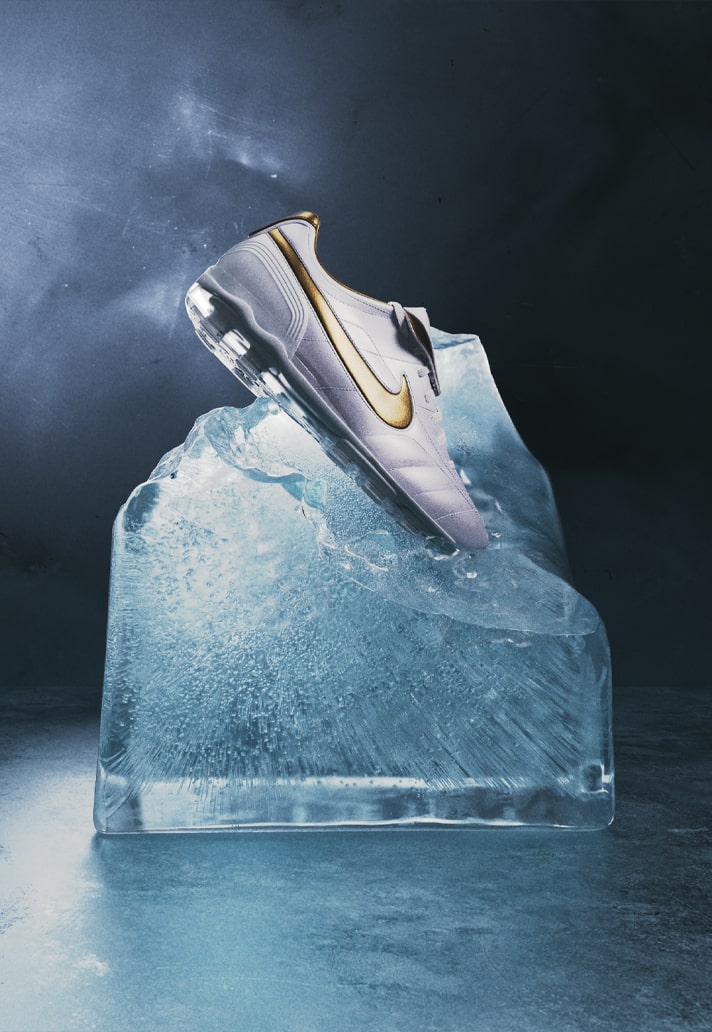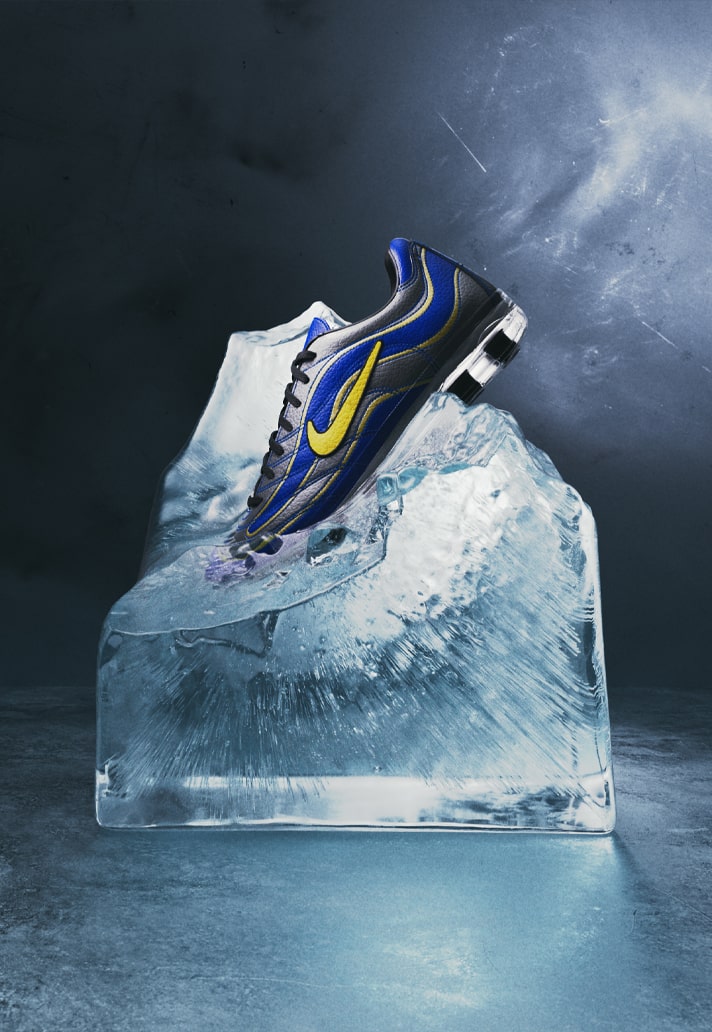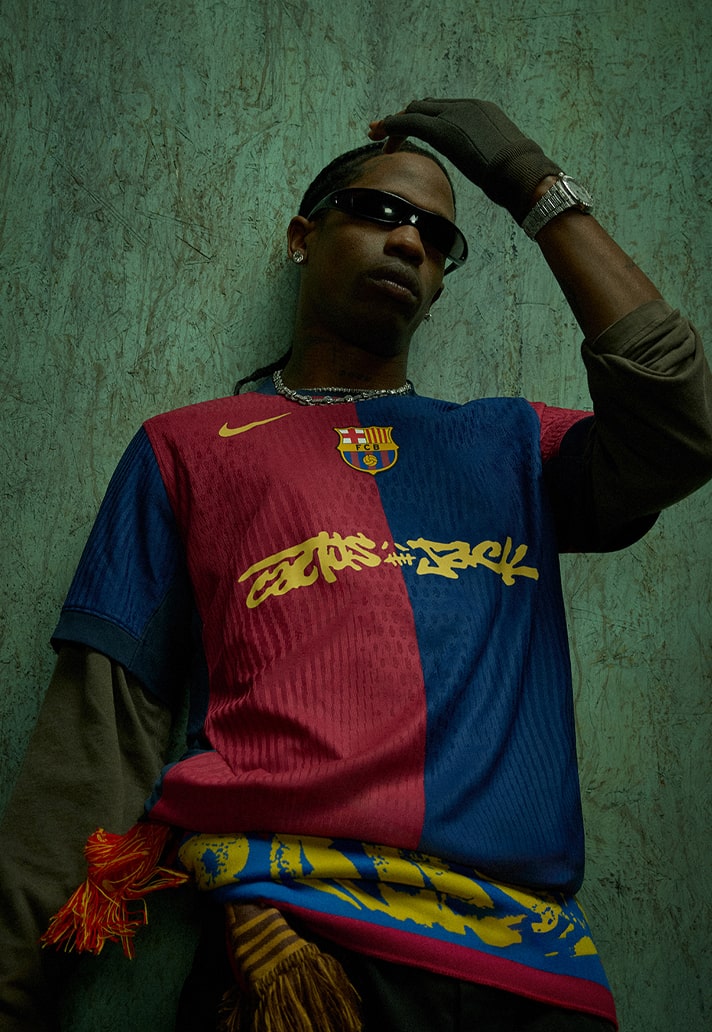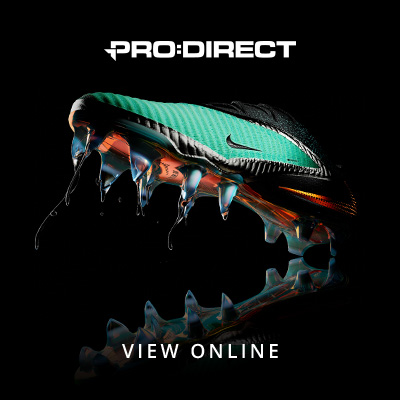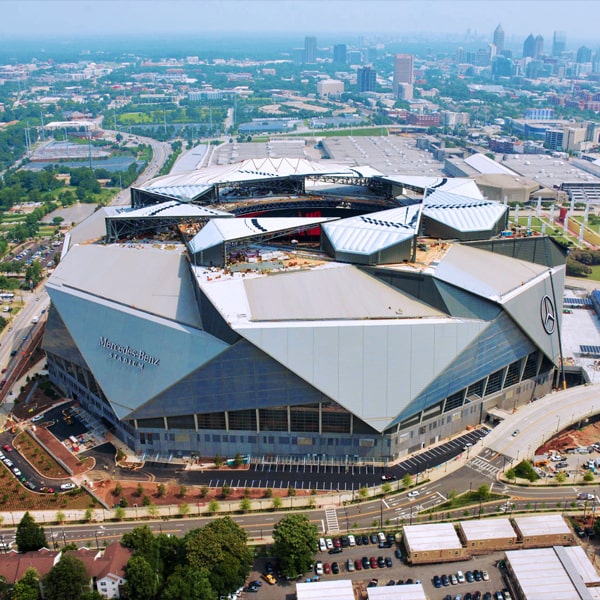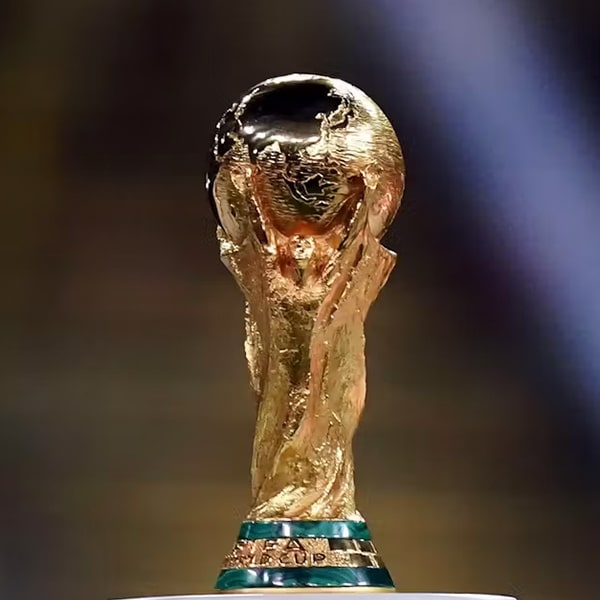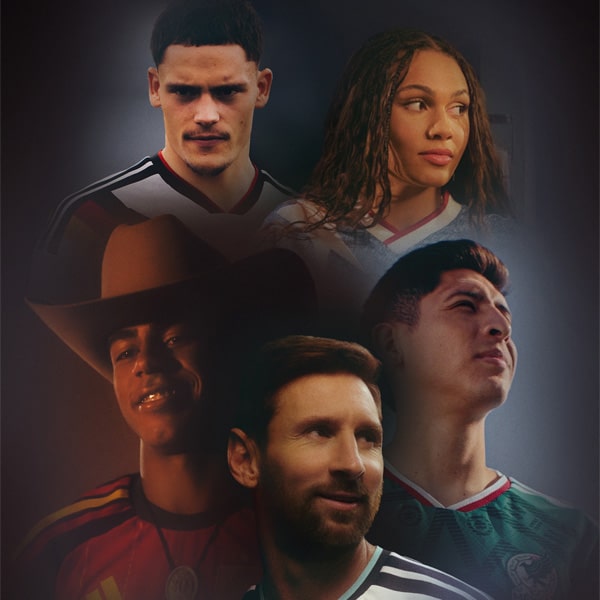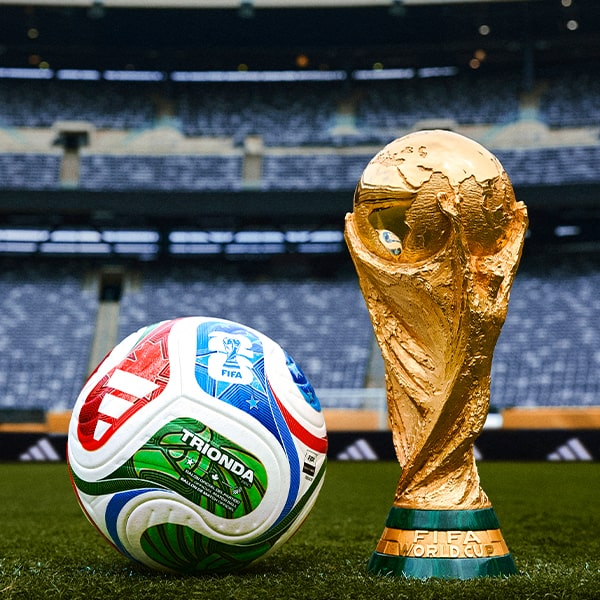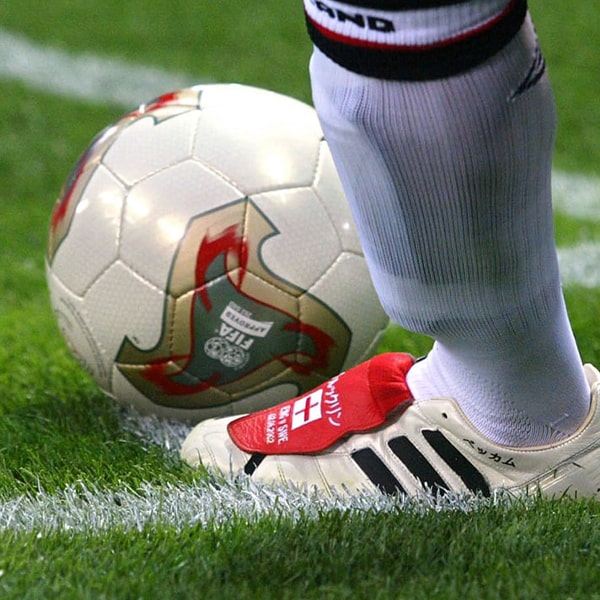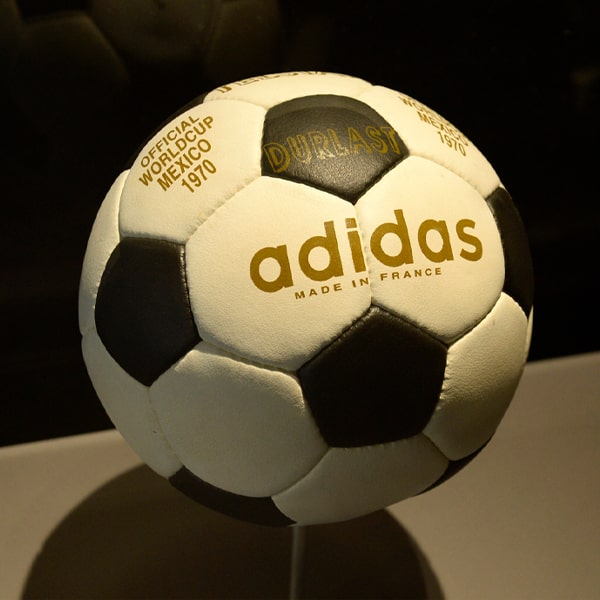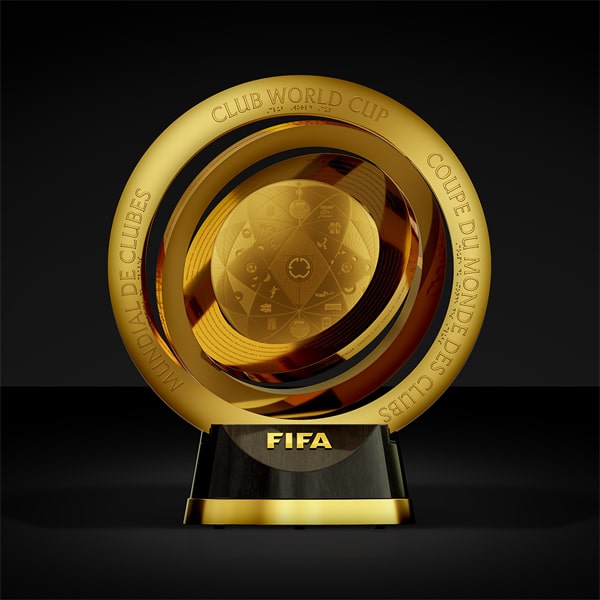Some said Nike was on the slip. But one quick realignment, and a decade of relative slumber is set to be forgotten as the brand regain their position as frontrunners in the Creative Soccer Culture world.
If football was a fashion show, Nike once strutted alone down the catwalk — untouchable, undeniable, ahead of its time. But rewind a few years, and you’d find the once-dominant force looking a little lost in the crowd. While their Three Striped rivals turned nostalgia into an art form and tightened their grip on football’s core, Nike watched on from the sidelines, losing top-tier talent and pivotal partnerships.
But in 2024, something shifted. A whisper became a murmur. A murmur became a movement. Now, as the world eyes the 2026 World Cup in North America, Nike isn’t just back at it — it’s reborn, realigned, and ready to reclaim its seat at the head of Creative Soccer Culture’s top table.
Let’s not rewrite history: the last decade hasn’t been kind to Nike Football. The talent exodus reads like a roll call of modern football: Neymar, Kane, Grealish, Saka, Sterling, Dembélé, Kvaratskhelia — all walking away from the Swoosh. The brand that once built empires on mercurial brilliance suddenly looked vulnerable, even replaceable. And as the likes of adidas doubled down on cultural currency — bringing back the Predator fold-over tongue with devastating effect — Nike felt, dare we say it, out of touch.
The hits kept coming. Losing the Premier League match ball rights from the 25/26 season stung. But that news came hot on the heels of similar splits with Serie A, La Liga, and Conmebol. It all painted a picture of a giant struggling to stay relevant in the very arenas it once dominated.
But here’s the thing about giants...they don’t stay down for long.
Nike’s recent resurgence isn’t one built solely on flashy boots or fresh kits. It’s something deeper — more intentional. The Beaverton brand has finally embraced what it had long resisted: the power of its past.
In the last year alone, the Swoosh has dipped into its vaults with a new sense of purpose. The return of the Brazil ‘98 and Portugal ‘04 kits? Vintage gold. The re-release of the Mercurial Vapor I RGN in its OG form? A love letter to boot heads. The Hypervenom making a cameo comeback? Oh go on then. And then came the big one — the resurrection of T90. A move that hit right in the feels, even without a performance boot in sight.
The Cryoshot sneaker drop fit right into this renaissance too. Not just a one-off concept shoe, but a piece of pure football-meets-streetwear design that channelled the soul of three iconic Nike silos into lifestyle form: Cryoshot Striker 1976, Cryoshot Tiempo 1994, Cryoshot Mercurial R9, each iteration paying homage to a game-changing boot, reinterpreted through a lifestyle lens. Inspired by the cold-blooded precision of that 90s era, the Cryoshot wasn’t just nostalgic — it was calculated cool. It arrived like a warning shot: Nike hadn’t forgotten how to dominate the off-pitch game.
The reinvention is actually visible, too. Enter the new Nike Football logo, designed by ilovedust. It’s a sleek, modern reinterpretation of the iconic T90 logo that once again sees the Swoosh housed in a circle created by a set of three triangles. And it sits perfectly as a symbolic reimagining that marks Nike’s newly realigned positioning. A graphic reset. A flag in the ground. This isn’t a brand quietly tweaking its strategy — it’s a full-scale return to football’s main stage.
And if you're wondering what all this really means, particularly when viewed through the Creative Soccer Culure lens, then look no further than Los Angeles.
Launched under the banner of Toma El Juego, Nike’s new youth-led street soccer initiative is the clearest signal yet that the Swoosh is no longer content to just compete on the pitch — it wants to own the streets around it.
Inspired by the legendary Secret Tournament campaign of 2002, and following recent Nike x Travis Scott street soccer experiences, Mad Maximus and Secreto Maximus, Toma El Juego and its companion Toma Night Market are redefining how football culture is experienced in the U.S. Think community tournaments, surprise SNKRS drops, and Scott turning up at underground futsal cages. It’s football meets fashion, music, and rebellion — and it’s only just getting started.
Crucially, this isn’t a one-city wonder. With plans to scale into more urban markets on the road to 2026, Nike is clearly laying the foundation for something bigger: a football revolution in its own backyard.
Nike is also making big plays behind the scenes, leveraging the power of its sub-labels like never before. Jordan Brand continues to elevate PSG’s global clout, while Drake’s NOCTA line has brought a futuristic aesthetic to Venezia — a club already beloved in style circles.
And then there’s the wildcard: Mamba. Rumours of Kobe Bryant’s legacy brand linking up with FC Barcelona have been gathering steam. If true, the fusion of Mamba mentality and Barça DNA could give Nike the kind of creative advantage that no boot silo ever could.
The opportunity? Massive. Imagine a Jordan-led boot range. A Mamba collection for La Masia. A NOCTA drop that doubles as streetwear and pre-match gear. These moves don’t just expand Nike’s footprint — they make the brand feel essential again.
So here we are. 2025. The Club World Cup is in full flow. The 2026 World Cup looms large. North America is the stage, and Nike is finally writing itself back into the script — not as a supporting act, but as a cultural protagonist.
With every retro revival, with every new logo drop, with every Travis Scott-fuelled street soccer event, the Swoosh is reminding the world of what made it unstoppable in the first place: the ability to fuse sport and style, to sell performance through culture, and to speak to the next generation without forgetting the last.
This isn’t about clawing back market share — it’s about owning the moment. Again.
Welcome to Nike Football 2.0. New energy, old soul, and a World Cup on home turf in its sights.
The Swoosh is in it — not just to play, but to win.



